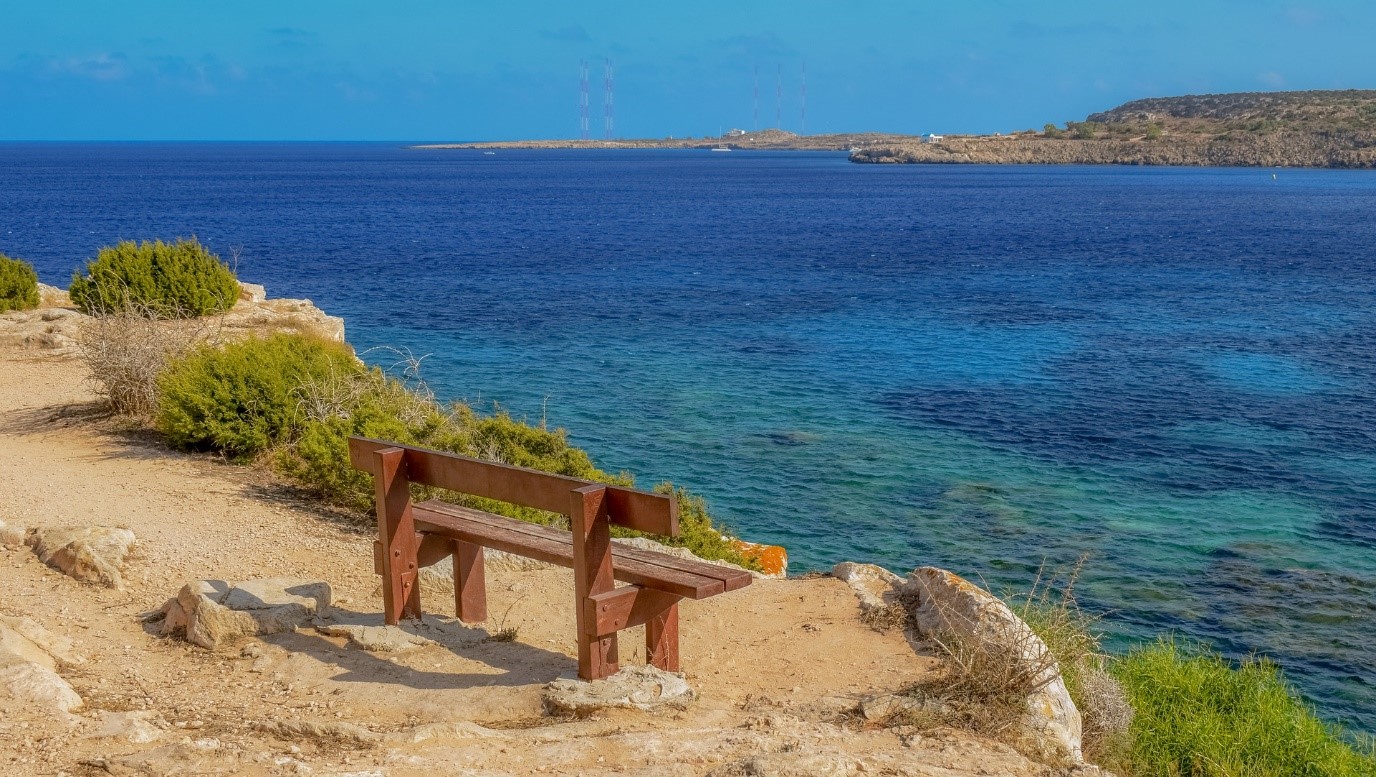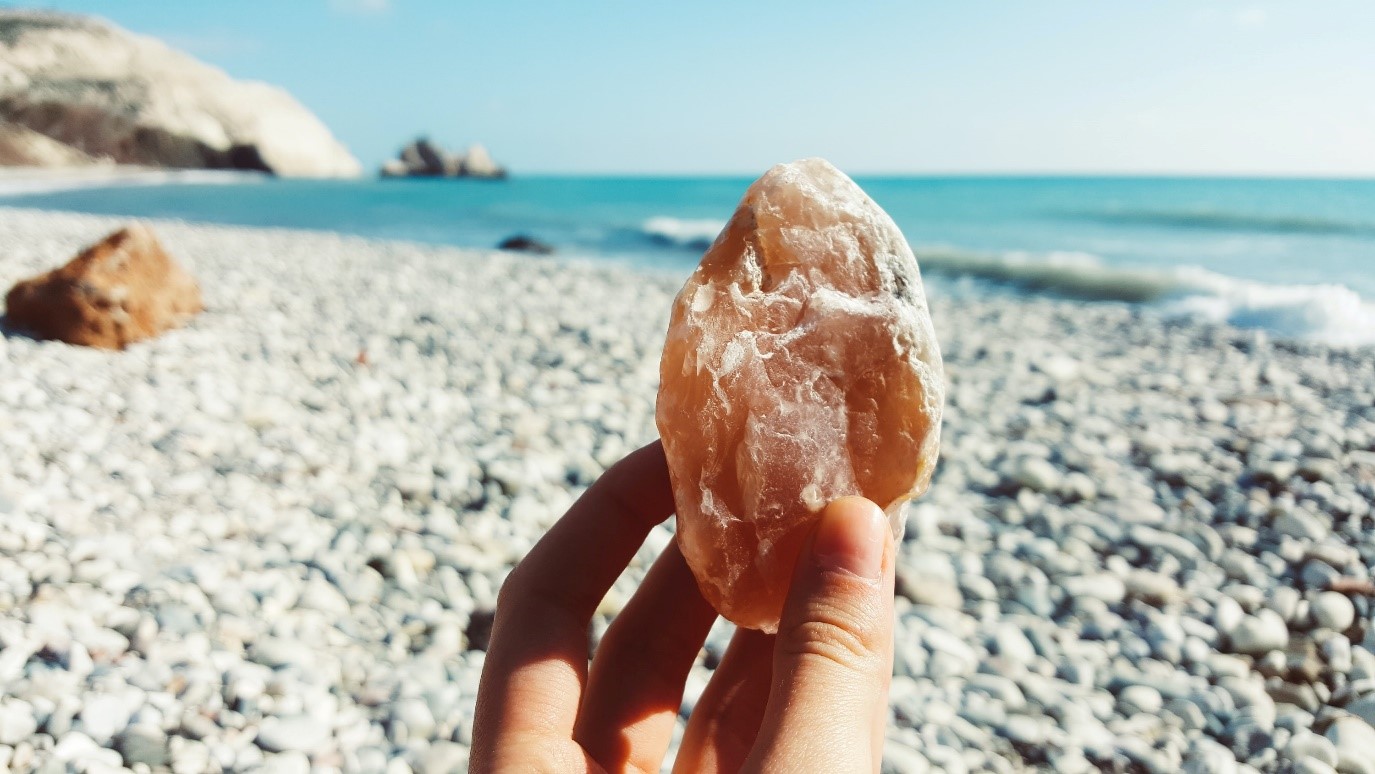Cyprus weather is primarily a Mediterranean climate characterized by dry and hot summers plus wet and mild winters.
Its proximity to south-west Asia makes it one of the warmest regions in the Mediterranean. The mostly warm climate makes it an all-year-round destination for travelers and creates a heaven for beach lovers!
Temperatures in Cyprus comprise highs of 30 Celsius on warm days and lows of 17 Celsius on cold days. Warm days begin in early and stretches to October, making it the perfect time to visit Cyprus.
However, August is the warmest month, with sunshine and cloudless skies all day long. Let‘s dive deeper into Cyprus’ weather journey and divide it city by city – to deliver your ultimate Cyprus meteorology guide!
Before We Start: A Quick Overview
Summer months, which are from May to September, mark the beginning of the hottest time in Cyprus. These months also signal the beginning of the peak season in the country, with most tourists visiting on vacation.
Looking for more bearable temperatures and lesser crowds? No worries! Cyprus weather delivers blooming flowers and milder temperatures when the spring season begins mid-February and stretches to May.
In these months, the weather is pleasant, and seawater defines the word perfection. The Autumn season, especially October, also allows avoiding big crowds while still enjoying pleasant temperatures.
The winter season can give a different perspective of the exotic island. Winter goes from November to February with temperatures of 14 Celsius.
The season is characterized by mild days, less sunshine, and cool nights. In December, it is rainy and cold, making it the wettest month in Cyprus.

Cyprus Weather by City
Generally, Cyprus has a warm climate, with some parts of the country experiencing slightly different weather. According to the Köppen Climate Classification, the two main climates in the various cities are Hot-summer Mediterranean climate and hot semi-arid climates.
Below is a list of some popular cities in Cyprus that experience either of the two climate types.
Limassol
Limassol experiences a warm and moderate climate throughout the year. Its winter is characterized by cold and rainfall that is still manageable and quite temperate.
On average, the city’s temperature is 18 Celsius during the day and 9 Celsius at night in January and February. Limassol gets hotter from July to August, with average temperatures of 33 Celsius.
The primary reason for its cooler summers is its proximity to the sea that influences average temperatures.
Famagusta
The reliable Cyprus weather gifts one of the best cities to visit in the country – Famagusta – a beautiful combination of mild and warm. Its average temperature is 19 Celsius, with temperatures varying throughout the year.
During summer, from June to September, the weather is clear, hot, and humid. Summer months are the best time to engage in hot-weather activities when visiting Famagusta.
Winters in the city are from December to March, with average temperatures of 18 Celsius. Although cold, rainy, and windy, the skies are mostly clear during the day and night, making it perfect for exploring the city and its renowned landmarks.

Paphos
In Paphos, the weather is generally warm, with daily temperatures of 19 Celsius. It has a typical Cyprus weather for coastal cities, which comprises cooler summers and warmer winters because of its nearness to the sea.
Located on the west coast, summers in July and August are cooler, with temperatures of 30 Celsius during the day. The temperatures in summer are slightly lower than in other cities along the coast of Cyprus.
Paphos also has winters from December to February, with the latter being the coldest month in the city. The temperatures in winter are 17 Celsius during the day and 8 Celsius at night.
Paralimni
When it comes to warmth and hotness, Paralimni stands on the frontlines of the Cyprus weather. The summer season in the city comprises high temperatures and persistent sun that lasts up to twelve hours daily.
Make sure to pack sunscreen and plenty of water here! Summer is from June until September, with July and August, which are the hottest months at 31 Celsius.
Warm and moderate weather is common in Paralimni all year round, with temperatures of 19 Celsius. The city offers both hot summers and mild winters to visitors on vacation. Rainfall in the city is quite rare except for a few times during the year.
Winter in Paralimni is unpredictable, with daytime temperatures of 15 Celsius and 7 Celsius at night. It lasts from December to February, with some months being rainy and freezing due to the low temperatures.
Spring in (March to May) and autumn months (October and November) experience average temperatures of 20 Celsius, which is quite warm.

Peyia
Generally warm and mild is the weather at Peyia throughout the year. Its average temperature is 18 Celsius, with hot summers and rainy winters. Pleasant weather is from April to November, which comprises pleasant temperatures from 20 to 25 Celsius.
Summer months in Peyia are from May to September, with the weather being dry. In July, which is the warmest and sunny month, the temperatures are at 36 Celsius.
Peyia gets cold from December to April, with February being the coldest and December the wettest month. Temperatures in February are usually at a low of 14 Celsius.
Nicosia
Nicosia stands out a bit more from a typical Cyprus weather frame. The city is located inland and in a mountainous region with a hot semi-arid climate.
It is Cyprus’s capital and welcomes thousands of visitors for short and long visits annually due to its deluxe hotels, ancient walls, and beautiful nature. The city’s temperatures have larger differences during the day and night compared to the coastal cities.
The result of the big temperature difference is hotter summers and colder winters in Nicosia. July and August are the hottest months in the city, with average temperatures of 37 Celsius during the day and 22 Celsius at night.
The coldest months are January and February, when temperatures are as low as 16 Celsius during the day and 6 Celsius during the night. Whether it‘s winter or summer, Nicosia is always a great choice for a longer stay and a joyful exploration.
Larnaca
Larnaca lies on the Cyprus coastline, and its historical legacy with natural wonders makes it one of the favorite destinations for tourists. The average temperature in the city is 19 Celsius, with minimal rainfall all year round.
Its summers are more enjoyable and cooler due to the influence of the sea, with average temperatures of 30 Celsius. Make the most out of its balanced summer to capture the best of this captivating city.
The hottest months in July and August get temperatures of 33 Celsius, which is higher than inland locations. From January to February, the weather gets colder, with temperatures of 17 Celsius during the day and 7 Celsius at night time.

Weather in Cyprus: Conclusion
Overall, getting to know about Cyprus weather before planning a trip makes it easier to determine when and where to go while giving you more specific ideas about what to pack.
Thankfully, the country has generally wonderful weather all year long, with around 300-340 sunny days in a single year – making it the perfect destination for an unforgettable vacation.
No wonder Cyprus is a reigning champion in wedding tourism, with thousands of civil marriages held every year.
The perfect Cyprus weather, picturesque nature, gently swinging palm trees, and a smooth Mediterranean breeze makes it a perfect wedding destination for those looking to add an exotic touch to their love or simply explore the island, whether through the nature paths or historical monuments.
Enjoy!

